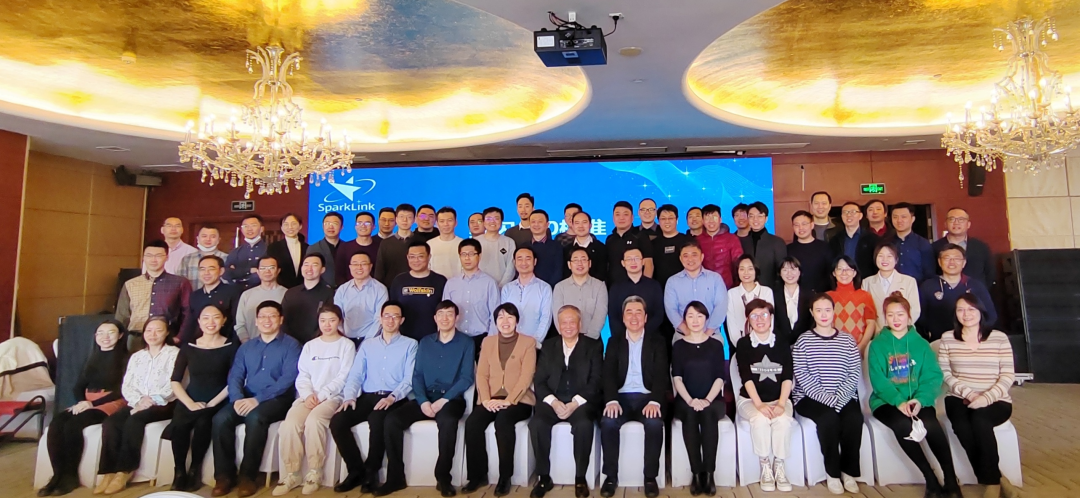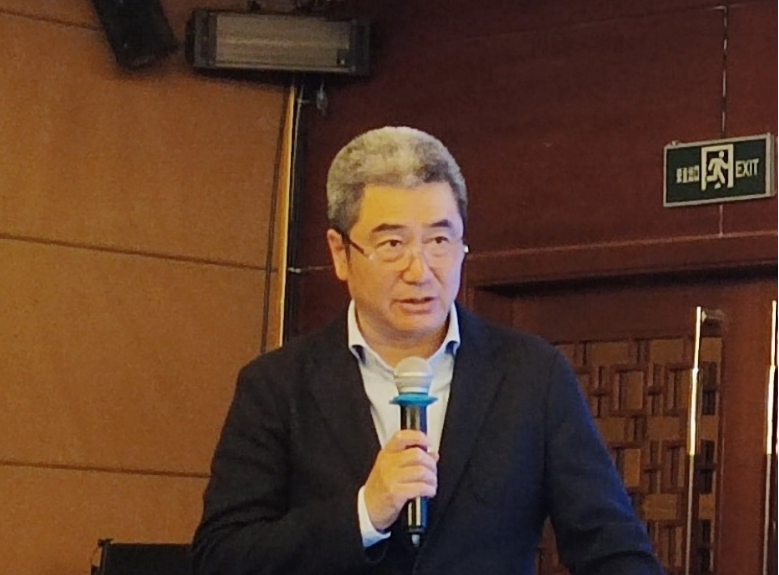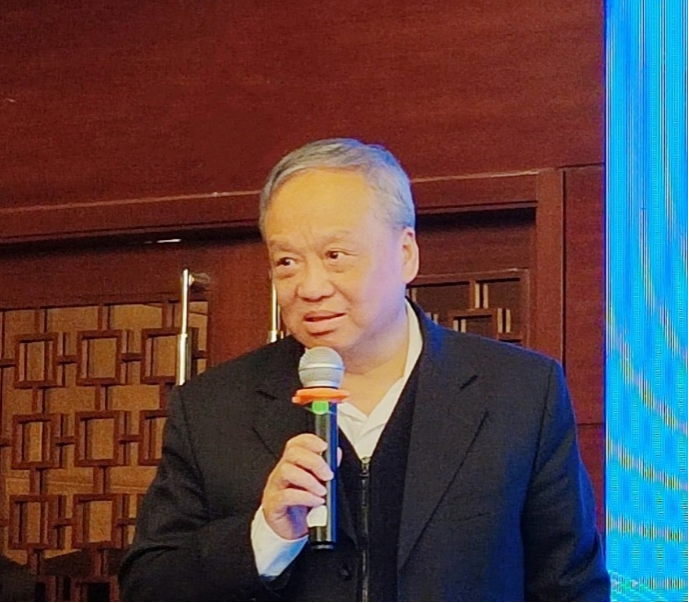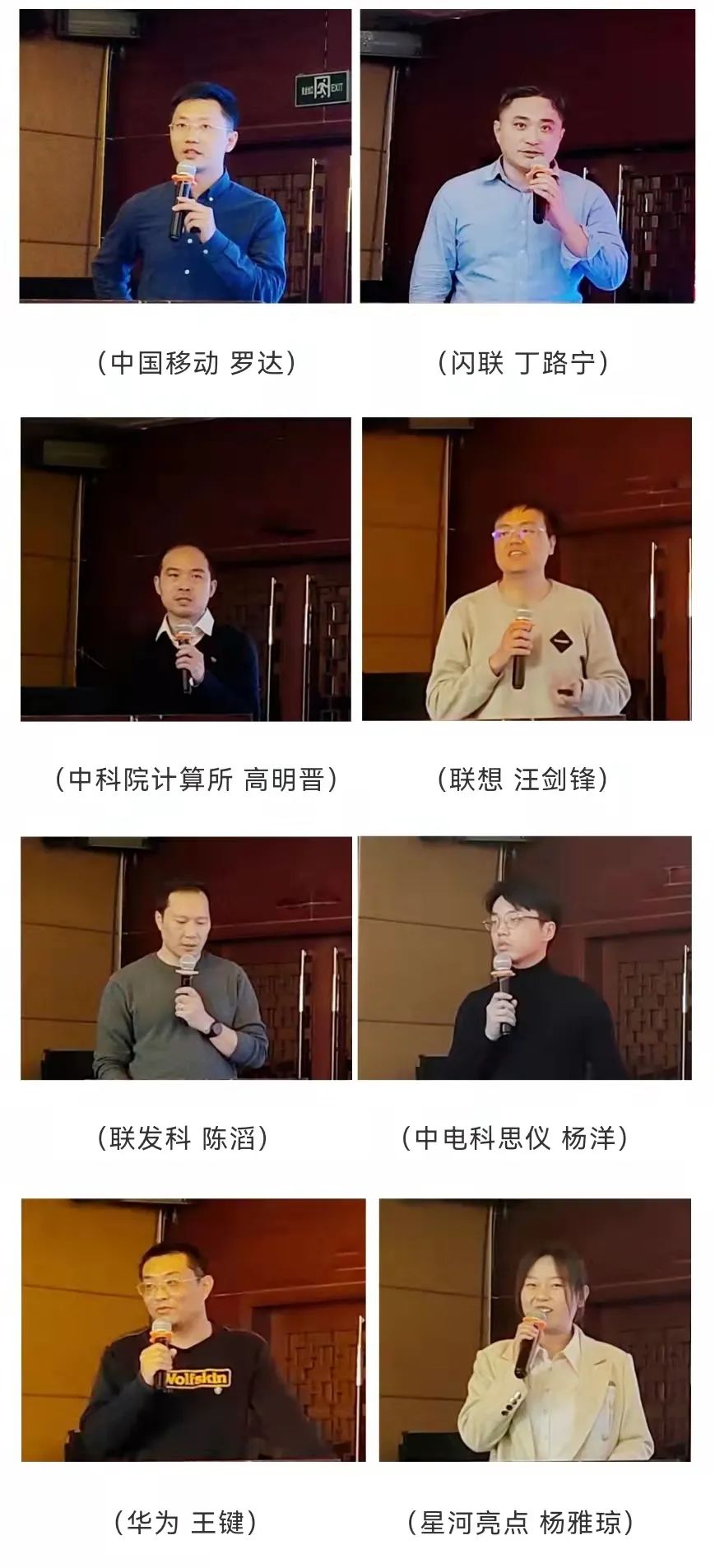On Mar 10th, 2022, SparkLink Alliance successfully held the SparkLink 2.0 Service Requirement Standard Demands and Evolution Workshop in Beijing. More than 170 experts from 40 alliance members attended the workshop held online and offline.

Mr. Wen Ku, VP & Secretary General of China Communications Standards Association, attended the workshop and delivered a speech. He pointed out that keeping open is the key to the evolution of SparkLink technology and industry promotion is also the important work for the alliance. The commercialization of SparkLink application and mass production of products should be accelerated as quickly as possible while the standardization.

14 guests shared their thoughts on SparkLink 2.0 standard demand and evolution during the workshop.
Doctor Ge Yuming, leader of the Demand and Standard Group, summarized the drafting process, overall protocol framework, and key technical features of SparkLink 1.0 standards and shared his thoughts on SparkLink 2.0 standard evolution. According to him, great importance shall be attached to the SparkLink public data management, the improvement of fundamental application layer protocols, and the continuous evolution of key SparkLink communication technology.
Mr. Luo Da, from China Mobile Research Institute, shared his views on short range wireless communication and the connection capacity of industry field networks, introducing the current progress of mainstream technical standards for WAN and LAN and analyzing the trends of heterogeneous network convergence communication serving industry fields. He suggested that innovation technology, such as 5G+SparkLink+high-accuracy positioning and communication and sensing integration, should be researched on the basis of enhanced 5G integration access demands in the new era to enable the industry.
Mr. Zhang Lei from Geely shared his thoughts on the challenges of existing automobile stream media application scenarios and the demands of replacing wired communication with wireless communication. Automobiles have gradually been the second living space for people, while SparkLink technology can realize more flexible communication solutions. As highly-reliable systems, automobiles need to be combined with new SparkLink technology as soon as possible for engineering applications and reliability tests.
Mr. Ding Luning from IGRS shared his opinions on the development trends, applications, and technical challenges of wireless audio and video transmission, such as high bandwidth, low latency, high reliability, anti-interference performance, and interoperability experience. Besides, he suggested that SparkLink 2.0 should conduct standardization for wireless audio and video transmission framework.
Mr. Du Weiqiang from ZTE introduced the key functions of QoS management in SparkLink 1.0 first of all. Based on that, he proposed that SparkLink 2.0 should evolve to QoS, including the continuous enhancement of relaying and measurement, Mesh networking, and 5G+Mesh network architecture.
Based on the implementation and industry promotion of SparkLink standards, Mr. Jin Xing from TCL proposed that the evolution of SparkLink technology should focus on the compatibility with existing IoT standards and enhance the design of open interfaces. Based on smart home scenarios, he suggested that the evolution of SparkLink standards should be guided by solving industry challenges.
Doctor Gao Mingjin, from the Institute of Computing Technology, Chinese Academy of Sciences, introduced the sensing and positioning demands of the scenarios such as smart cars, intelligent manufacturing, smart home, and 5G integration, analyzed the positioning security and solutions, and made suggestions for the project approval of SparkLink positioning. According to him, the institute will participate in the research and standardization of the SparkLink high-accuracy positioning mechanism in an active manner.
Mr. Wang Jianfeng, from Lenovo, introduced the widespread applications of wireless sensing, suggesting that SparkLink 2.0 should perform project approval researches on sensing capacity, including the assessment of basic sensing capacity for SparkLink 1.0 NR and the evolution design of SparkLink NR with sensing functions.
Professor Tian Zengshan, from Chongqing University of Posts and Telecommunications, analyzed the background of positioning sensing based on SparkLink technology and current industry challenges, proposed the RTT-based carrier phase range-based positioning model and theoretical derivation, verified the effects of SparkLink high-accuracy positioning, and shared the technical proposals including super-resolution precise ranging and polarization single channel super-resolution angle measurement.
Mr. Wang Jian from Huawei shared his thoughts on the evolution and guideposts of SparkLink standards. For the access layer, he suggested that the evolution focus on high-accuracy positioning, enhanced coverage, and ultrahigh rate. For the basic service layer, he proposed QoS differentiation compatible with IP and characteristics such as multi-hop networking data transmission. For the basic application layer, he suggested that the standardization should be compatible with original SparkLink applications and the extension of third-party applications.
Mr. Chen Tao from MediaTek proposed the Mesh network based on short-range communication, which can lower equipment complexity and power consumption, increase the coverage, and improve the reliability and interference control. The key technology includes inter-equipment synergy and inter-domain interference control.
Mr. Yang Yang, from Ceyear Technologies, shared the latest developments of SparkLink and automobile testing instruments, suggesting that SparkLink 2.0 should evolve to low power consumption, ranging, and Mesh networking to satisfy the future demands of wireless short-range communication scenarios.
Ms. Yang Yaqiong, from StarPoint, shared the latest development of “Jixin” Platform, a SparkLink testing instrument, suggesting that the alliance should conduct the project approval of SparkLink 1.0 basic service layer testing methods to facilitate the high-quality SparkLink ecosystem short-range products and services.

Finally, guided by the alliance secretariat, the workshop further explored the evolution of SparkLink standards and the version period of SparkLink 2.0 standards. According to the agreement, the alliance will focus on to issues, the enhancement of SparkLink 1.0 and the new features evolution of SparkLink 2.0, for launching project approvals recently.
